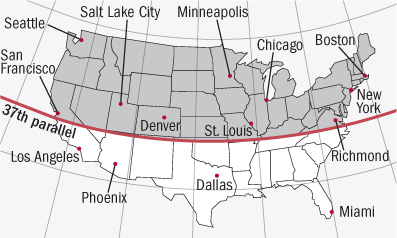 The best source for vitamin D is sunshine. The vitamin D you get from sunlight stays in our body longer than vitamin D from food or supplements. Supplements can help you maintain healthy vitamin D levels year round, but getting some sunshine is a key component to obtaining healthy vitamin D levels.
The best source for vitamin D is sunshine. The vitamin D you get from sunlight stays in our body longer than vitamin D from food or supplements. Supplements can help you maintain healthy vitamin D levels year round, but getting some sunshine is a key component to obtaining healthy vitamin D levels.
Taking a walk or sitting outside for your lunch break will help you raise your vitamin D levels since your body can manufacture the most vitamin D between noon and 2:00pm based on the sun’s angle. Exposing your arms and legs to the sun will expose enough skin to get a healthy dose of vitamin D in about 15 minutes, two to three times a week. There are many factors that will influence how long you need to be in the sun, such as, your skin type and your geographic location. You can use an online Vitamin D Sunlight Calculator which will analyze your location, skin type, age, height and weight and recommend your sun exposure time.
We have been told for years to stay of of the sun or cover up with clothing or sunscreen when we are in the sun. Our fears of skin cancer have overtaken our basic need for sunshine. Sunlight is not unhealthy and like most things in life is beneficial if used in moderation. Actually sunlight is necessary for optimal health – so step outside and visit the free vitamin D clinic.




